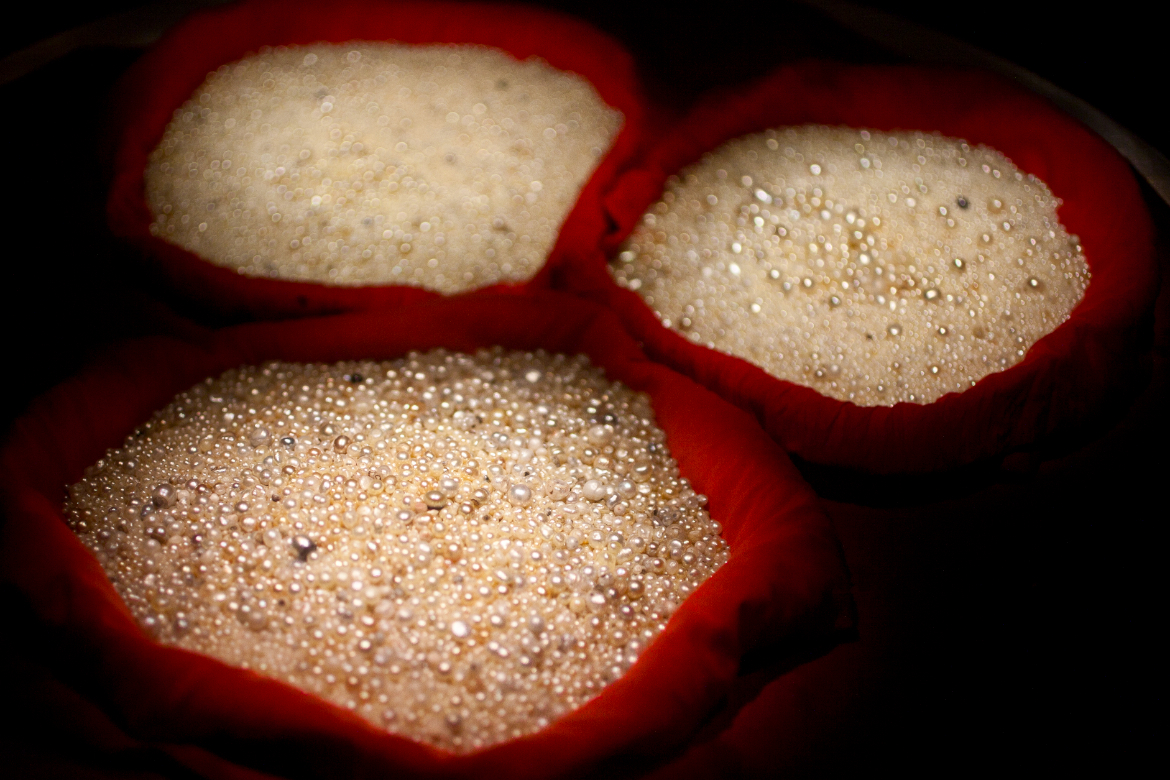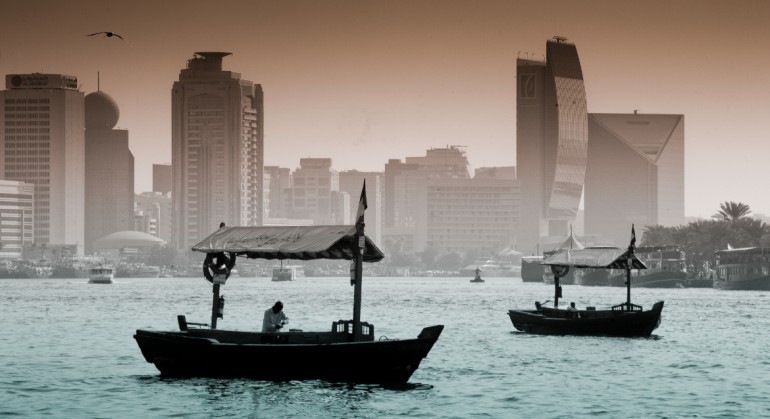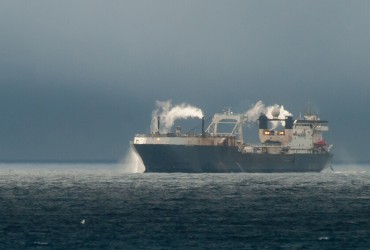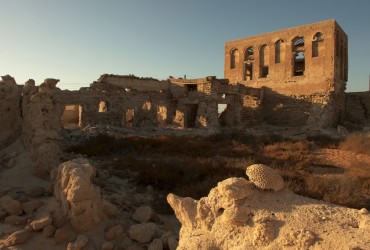Creek’s treasures
We are approaching Dubai, the sprawling city of glass and metal that rose from the sand in less than ten years. Everything has been said and told about this exuberant and excessive city that creates a lot of envy; nonetheless, most of it is false. It would be a great mistake to believe that Dubai’s incredible prosperity is only due to oil. It was well established years ago, thanks to their leaders’ visions for the future. Before discovering oil, the people of Dubai essentially lived in the desert, among tribes that followed strict rules. Some lived along the sea, already practicing trades and “technology transfers”.
“What is good for the merchants is good for Dubai!” Sheikh Rashid Bin Saeed Al Maktoum reminds us. His grandfather decided to create in the early nineteen hundreds a taxfree zone near the Creek, an inlet going deep into the land that would be used as natural port. A very favourable place for trades. When the entire Ottoman Empire was under a strong tax burden, it was a brilliant idea. Few years later, many merchants from different horizons settled in the Creek. It’s during this time that for example the Iranian district, the Bastakiya, was created. It was the place where all the commercial trades took place. An atavism that lives on today as we can witness the “dhows” from the entire Arabic world anchoring in the port for a brief negotiation, to upload or unload a shipment.
Turning his back to the giant buildings, Victor takes me to Deïra, the Creek’s other shore, the one with the great souk. A maze of alleys, shops and stalls were we lose ourselves in the smell of raw incense that is overflowing from the baskets. The spice souk, the gold souk…the precious watches, the ingots, the jewellery and even a few cultured pearls… All these treasures are exposed alongside the road, without any apparent protection. It is true that crime in Dubai is strongly discouraged.
We join Bur Dubai, the other shore of the Creek, using a small boat with an open-air engine called “abra”. We are going towards the Sheikh Saeed Al Maktoum’s museum where are reunited in vaulted rooms made of cob and coral blocs the entire history of the Persian Gulf pearl fishermen. Photos from this past era, boat models, ancient maps… On a fuzzy portolan, with barely visible inscriptions, I spot the pearl fields positions all around the gulf, meticulously written. Eight areas were particularly rich, alongside the coasts of Iran, Saudi Arabia, Kuwait and Qatar.
A photo strikes me in particular: I cross a sad look blinded by the sun on a black and white photography. A wasted life dedicated to hard work for a few grams of nacre. Once more, I am a time traveller… under the starry sky of these thousand and one night that used to guide the sailors. Wielding their lead probe continuously dropped and winded back up to measure the depth and structure of the sea bottom. I try to find a tiny place on the deck, in the middle of my comrades of misfortune, to nurse my open wounds and steal a brief rest before the burning sun comes up, over and over again.
Today, it is guessed that around 20% of the oysters found in the Persian Gulf during that era had pearls. As such, fishermen had to bring back up thousands of oysters in the hope of finding one “tear of the gods”.
Every year between June and October, the season was officially opened by the Sheiks. It was the Nakhudas, the captains of the ships, who decided of the date that started the season. The different crews then left the shores by fleets of triangular sails dow boats. They sailed until they reached the pearl banks, where they stayed 120 days on average with a few rare trips to the shore to get water, dates, rice and coffee which was their main diet on board with fish.
Rowing power and sails propelled the boats of different size and length; some crews were only a couple of men strong, but the biggest ones had up to 80 men. The pearl hunting fleet had about 1200 ships at the beginning of the 19th century.
The access to the pearl banks was free. But their exploitation was strictly reserved for the Arabian people of the coast. Any fishing activity by foreigners was poorly looked on and could result in conflicts.
Once the ships were anchored, the divers worked all day, only taking breaks for coffee, to pray or for a short agitated night of sleep right on deck. The oysters were opened by other crewmembers the next morning; an easy operation after a night outside. Every one of them was sorted under the captain’s scrutiny.
Back on shore, the Nakudas proceeded to sell their spoils thanks to intermediaries, the Tawash, and returned a meagre amount of the loot to the divers. The pearls were then sorted out with sieves and wrapped up in an “eggmesh”, a bright red piece of cloth, then the Tamish sold them by the piece or by their weight to international merchants, often from India, who then went to negociate them in Bagdad or Bombay.
When the season was over, the crewmembers returned during the winter to their oasis. This is how some Bedouin populations have abandoned their nomadic ways for a semi sedentary life style, contributing to the creation of coastal villages who then became megalopolis like Dubai. What is left of this pearl treasure today? With a mysterious smile, Victor tells me that someone is waiting for us, at the bank…






